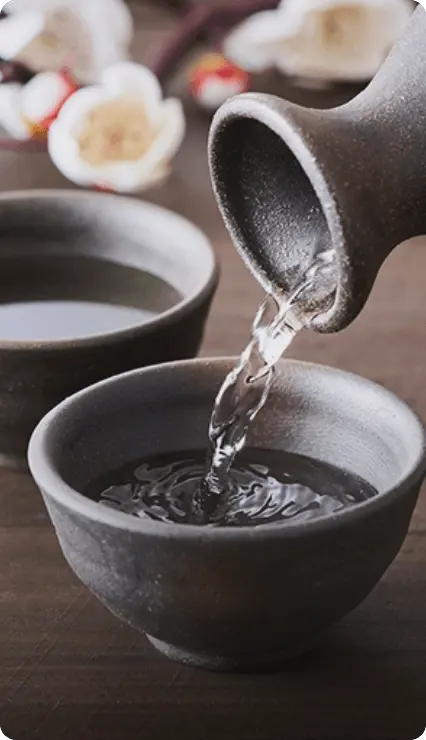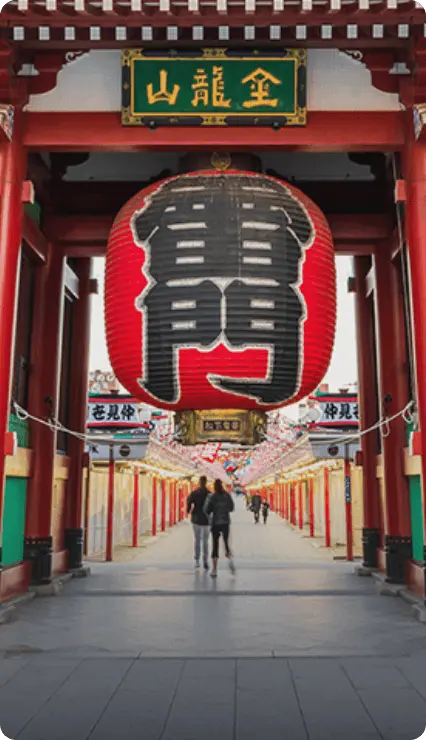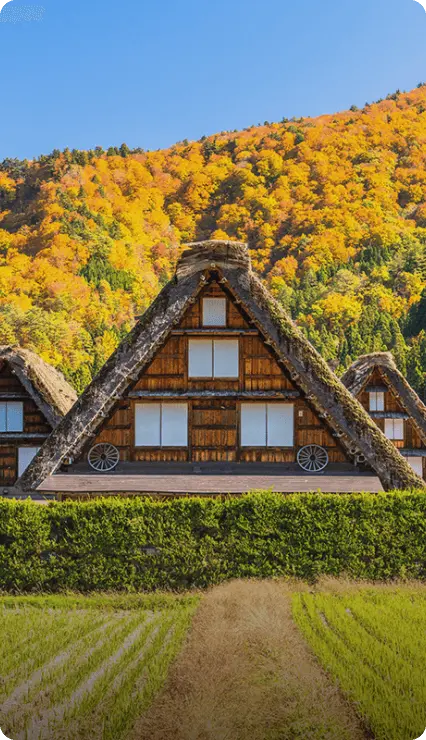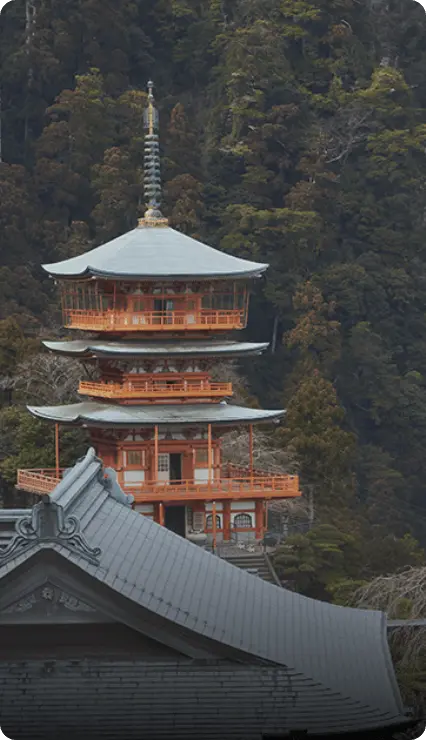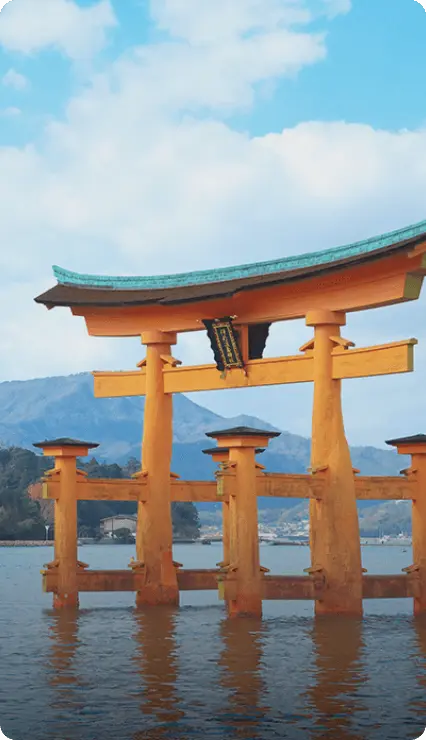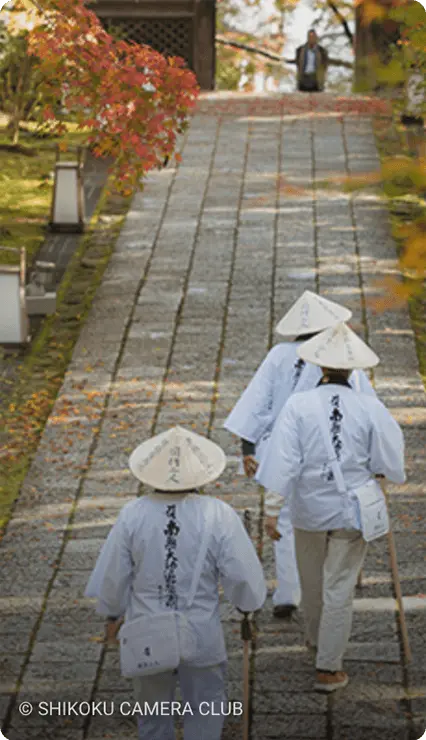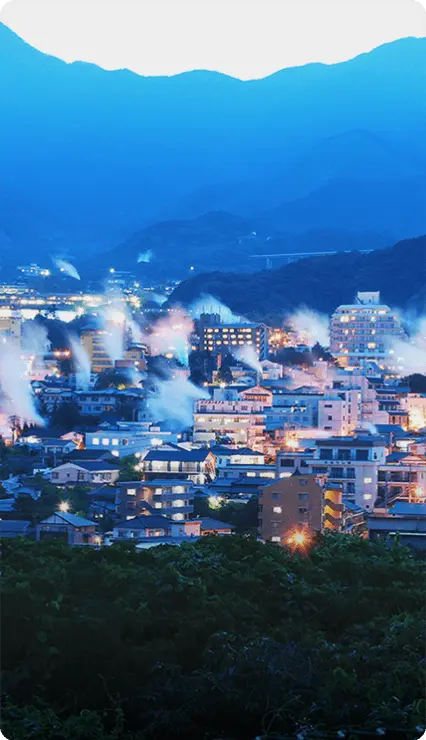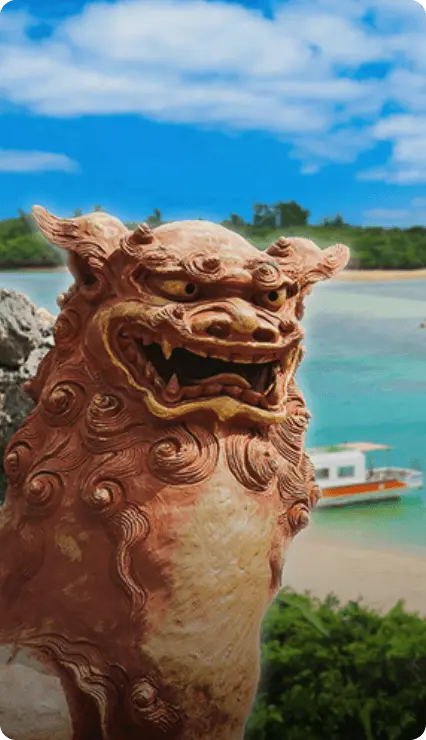
6 Captivating Weekend Getaways in Japan
Journey beyond Japan’s city centers to explore fascinating cultural sites and jaw-dropping landscapes.
Greater Tokyo / Kansai / Central Japan
In paid partnership with

Some of Japan’s most extraordinary natural landscapes and world cultural heritage sites can be found right outside its popular major cities. Thanks to an efficient and tourist-friendly system of bullet trains, known as shinkansen, visitors can access once-distant locations on an unforgettable day trip or weekend getaway. Embarking from Tokyo, Osaka, and Nagoya, explore a deeper side of Japanese culture and immerse yourself in nature with these six captivating weekend getaways.
-
GREATER TOKYO
-

As you explore Japan, you may notice a recurring sight: round, red, papier-mâché dolls that are often found in restaurants, shops, temples, or traditional ryokans. Known as Daruma dolls, they are one of Japan’s oldest good luck charms, dating back to the seventeenth century as a symbol of good fortune and encouragement. Created in Gunma Prefecture’s Takasaki City (less than one hour from Tokyo by bullet train), Daruma dolls are modeled after the monk Bodhidharma, the founder of Zen Buddhism. Traditionally sold without eyes, the owner was meant to paint one eye after setting a goal or making a wish, completing the second eye only after the wish had come true.
Today, you can see the workshops of skilled artisans who craft Daruma dolls of all sizes, and even try your hand at painting one yourself. Pay a visit to the Shorinzan Darumaji Temple, believed to be the original spot of the Daruma doll’s creation. Every year in January, Takasaki Daruma Festival and Shorinzan Nanakusa Taisai Daruma Market Festival are held, where you can buy New Year's Daruma dolls.
Nagano Prefecture, located three hours from Tokyo Station, is home to the Jigokudani Snow Monkey Park, a high-altitude wooded sanctuary where visitors can observe wildlife all year round and enjoy a restorative respite in nature. In the winter months, when Jigokudani is blanketed with snow, visitors who make the 30-minute walk up the mountain are rewarded with majestic white landscapes and the opportunity to see the famous Japanese macaques, with their signature red faces. While sightings are not guaranteed, lucky visitors can sometimes witness these monkeys bathing in the steamy hot springs onsen. The bathing macaques are often referred to as snow monkeys.
Visitors can also take in the park’s scenic gorges, though it is advised to be prepared for rugged, slippery conditions — consider renting snow boots. In warmer months, the monkeys can sometimes be seen on wilderness hikes through bright foliage.
-
KANSAI
-

It’s about a 30-minute train journey from the city of Osaka to Mozu Furuichi Kofun Group, a UNESCO World Heritage Site not to be missed. Visitors can view the ancient burial mounds of Japan’s elite from the peak of the Kofun period (late 4th to late 5th century). These monuments served as social records and demonstrated each person’s political power and social standing. Since so many leaders were buried with key artifacts of the era, the area is an important archaeological site offering key insights into this mysterious ancient kingdom.
Located on a plateau overlooking the bay in the southern part of the Osaka Plain, Kofun tombs differ from typical burial mounds because they have elaborate geometric designs and are decorated with haniwa, or clay offering cylinders and figures made from hollow, unglazed terracotta. The former were placed around the tombs for community rituals, while the latter were fashioned to represent Kofun militaristic rulers and buried with the dead. Some chambers and mounds were covered with fukiishi — or “roofing” — stones. There are many Kofun tombs; the biggest one, known as Emperor Nintoku-tenno-ryo Kofun, measures 1,640 feet in length.
Crossing the beautiful Kii Mountains outside of Osaka, the seven Kumano Kodo Pilgrimage Routes — approximately four hours from Osaka by train and bus — take visitors on an incredible journey through ancient Japanese culture. For over 1,000 years, people have walked the mountain paths to Kumano in order to feel a deeper connection to the sacred, spiritual world. Six of the seven routes are designated UNESCO World Heritage Sites.
To follow in the footsteps of these ancient pilgrims, visitors can choose from various scenic routes. Starting at Tanabe, the Nakahechi route crosses the peninsula and is dotted with secluded villages and traditional lodgings along the way, allowing visitors to gain an enriching perspective on traditional Japanese life. For more experienced hikers, the north-south Kohechi route links Koyasan, Buddhist temple complex with Kumano Sanzan, with steep trails and three challenging passes. Alternatively, the Iseji route — well-traveled during the Edo Period (1603-1868) — travels along the east coast through scenic bamboo forests, terraced rice fields, beaches, and mountain passes.
-
CENTRAL JAPAN
-

For an unmissable trip roughly 4.5 hours from Nagoya, explorers can journey to Kamikochi, about 2.5 hours from the city, via bus or taxi, part of Chubusangaku National Park, in the center of the Hida Mountain Range, which covers all of the Northern Japanese Alps. This range, featuring mountains up to 3,000 meters tall, unsurprisingly comes with breathtaking views.
The snow-capped mountain peaks, fairytale forest trails, and natural ponds give it an otherworldly atmosphere. The park is especially beautiful in autumn when the leaves turn fiery colors, but there is a wide range of alpine flora and wildlife to spot in spring and summer, as well.
Step back in time with a visit to Gujo Hachiman, a 16th-century small town known for its waterways and canals. Just 1.5 hours by bus from Nagoya, this waterfront village hasn’t changed much since the Edo Period (1603-1868). An absolute must-visit is the Gujo Hachiman Castle. Built in 1559, then rebuilt in 1933 after its destruction in the Meiji Period (1868-1912), it is now one of Japan’s oldest wooden castle reconstructions. Inside, check out the exhibition of ancient armor, or simply enjoy the castle’s stunning views of the valley and maple trees beyond.
Between October and March, heavy mist frequently enshrouds the castle, giving it an otherworldly effect. In the summer from July to September, Gujo Hachiman presents an ancient annual dance festival called Gujo Odori, which began over 400 years ago, where thousands of people of all ages, gather to highlight ten different traditional dances.
Central Japan
From its dizzying mountains and the tallest in the country, to UNESCO World Heritage sites and vibrant festivals, Central Japan is a bountiful destination for tourists. Go off the beaten track on a wilderness and alpine adventure, or take in some of the country's most important cultural monuments on a visit to this sprawling region.












Hokkaido

Tohoku

Greater Tokyo

Central Japan

Kansai

San'in

Setouchi

Shikoku

Kyushu

Okinawa






